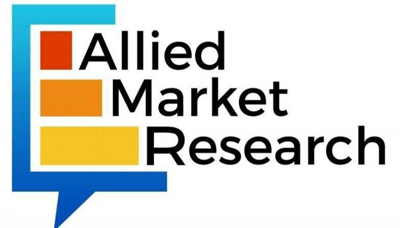Global robot operating system market forecast at $1.4 billion by 2031
Dublin, Ireland – The global robot operating system market was valued at $464.6 million in 2021, and is projected to reach $1.4 billion by 2031, growing at a CAGR of 12% from 2022 to 2031 according to Allied Market Research.
The robot operating system market has witnessed significant growth in past few years. This is attributed to implementation of lockdown by governments in majority of the countries and the shutdown of schools, colleges, offices, and other organizations to prevent the transmission of virus. The ROS market is projected to prosper in the upcoming years after the recovery from the COVID-19 pandemic. Furthermore, various supply chain industry across the globe is adopting robot software to contact directly to their customers and to increase their market share without coming in contact with the virus.
Robot operating system, sometimes known as ROS, is a collection of open-source robotics middleware. However, it is not an operating system (OS); ROS is a collection of software frameworks for the creation of robot software. As such, it offers services such as hardware abstraction, low-level device control, the implementation of frequently used functionality, message-passing between processes, and package management that are intended for a heterogeneous computer cluster. In other words, ROS is a set of programming tools and code that assist projectors in running the computer code necessary to perform the action, as well as the infrastructure for doing so, such as messages travelling across processes. The ROS is made to function with a variety of parts and systems that use various programming languages. Therefore, ROS is in high demand due to the expanding use of industrial automation in company processes across the globe. Furthermore, the rise in industry automation research and development funding as well as the expanding use of collaborative modular robots are significant factors anticipated to fuel the expansion of the robot operating system market during the forecast period.
Surge in as increase in adoption of automotive in various industry, rise in adoption of ROS by manufacturer and demand of collaborative robots is increasing primarily drive the growth of the robot operating system market. However, high maintenance and installation cost of robots hamper the market growth to some extent. Moreover, adoption of robot as a service is expected to provide lucrative opportunities for the market growth during the forecast period.
The global robot operating system market is segmented on the basis of robot type, application, industry vertical, and region. On the basis of robot type, it is segregated into SCARA robots, articulated robots, parallel robots, collaborative robots and others. On the basis of application, it is segregated into plastic injection and blow molding, pick and place, testing and quality inspection, PCB handling and ICT, metal stamping and press tending, CNC machine tending, co-packing and end of line packaging. On the basis of industry vertical, it is segregated into automotive, electrical and electronics, food and beverages, healthcare, metal and machinery, rubber and plastic and others. Region wise, the market is analyzed across North America, Europe, Asia-Pacific, and LAMEA.
The robot operating system industry is dominated by key players such as ABB Ltd., Clearpath Robotics, Denso Corporation, FANUC CORPORATION, iRobot Corporation, KUKA AG, Microsoft Corporation, OMRON Corporation, Universal Robotics, and Yaskawa Electric Corp. These players have adopted various strategies to increase their market penetration and strengthen their position in robot operating system industry.

